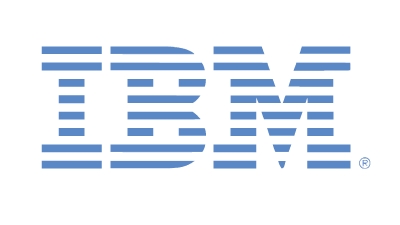Shmunis On 'Struggling' Vendors, Cloud Demand
Submitted by Mark Haranas on

Why is RingCentral in a prime position to take advantage of customers and companies moving to the cloud?
RingCentral is the largest and fastest growing pure cloud communications vendor. We believe that our innovative, cloud-based approach disrupts the large market for business communications solutions by providing flexible and cost-effective phone system services in the cloud.
With over 300,000 customers and more than ten years of innovation and investment in our technology, we deliver a high quality, high availability and scalable solution to our customers. In addition, we recently launched RingCentral Connect, which is an open platform that provides a rich set of APIs, tools and services that allows easy integration of our communications capabilities into business applications. It will enable ISVs and developers to solve business problems, unlock insights, and make communications a part of their business applications.
What can RingCentral do that a competitor like 8x8 and Five9 can't?
Being the largest and the fastest vendor in this category, we are investing close to 3-times in R&D compared to our nearest competitors. These investments translate into RingCentral's cutting edge products, delivering the highest quality, most reliable cloud communications solution in the industry. In addition, we believe that we have the most competitive pricing that packages our capabilities in simple all-inclusive packages for customers to choose from. Our pricing approach is transparent and straight-forward, unlike some others in the industry.
How are the margins and revenue opportunities for partners selling SaaS?
The revenue opportunities are significant and resellers are realizing the potential of rich recurring revenue streams that SaaS services provide. Many resellers are finding that it’s imperative to offer SaaS services in their portfolio to effectively compete for customers.
RingCentral is expanding our cloud solutions portfolio with new offerings such as the RingCentral Contact Center and the RingCentral Connect Platform. These new offerings not only expand the value-add for customers but also expand the revenue opportunity for resellers. We believe our model provides very attractive reseller margins, and over the years we have continuously evolved our reseller program to meet the changing needs of our reseller partners.
RingCentral subscription revenue increased 37% YOY to $253 million and total revenue increased 35%. Why are you seeing such an increase in market demand?
As businesses seek to compete more effectively, improve workforce productivity, and improve client satisfaction, businesses are moving to the cloud in many areas, and now communications is moving to the cloud as businesses see tremendous advantages and cost savings. Legacy on-premise communication systems do not meet the needs of the distributed and mobile workforce, as they were designed for the days when employees were tethered to a desk in a single location to get their work done.
RingCentral solutions are being rapidly adopted by businesses of all sizes that seek to avoid the excess costs and complexities of an on-premise phone system. Issues with set-up and installation are avoided while a rich feature set is made available to the end user across mobile, tablet, desktop and IP phone devices. These are just some of the reasons why we are seeing strong customer demand, in addition to the growth we are seeing through reseller partners.
Is the IT industry transitioning faster today than ever before? How do you see the next few years playing out?
Mobility and the cloud have dramatically impacted the speed of innovation and change. This change is likely to accelerate as enterprises of all sizes continue their adoption of cloud solutions.
This cycle of disruptive innovation and change is even more significant than what we saw in the late 1990s with the advent of browsers and the World Wide Web, which dramatically changed business solutions from old client-server solutions to browser-based web solutions. Back then, the change was not as disruptive because the business model of selling expensive on-premise solutions did not change. Today, cloud solutions have dramatically changed the business models, and this is very challenging to legacy vendors. Due to these reasons, I believe the pace of investments and innovation in cloud solutions will continue to accelerate far beyond the next two years before we see significant consolidation.






